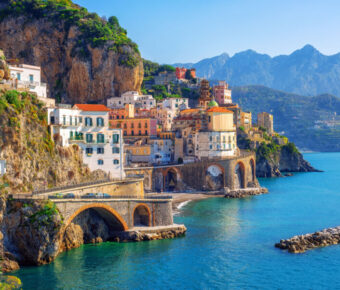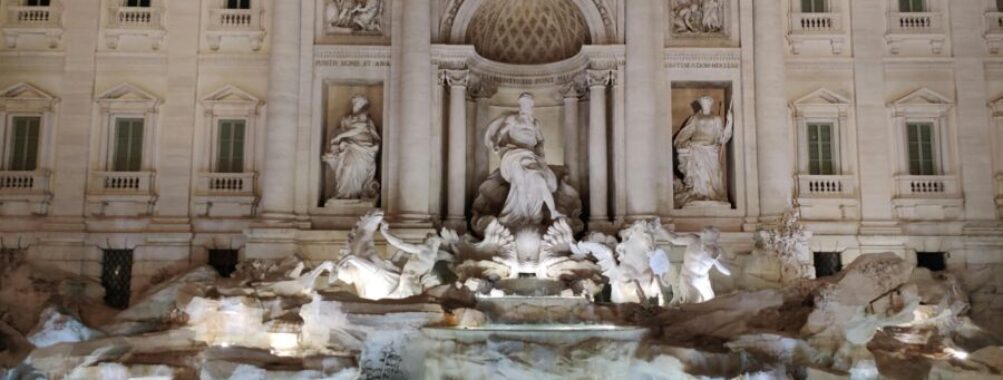
10 Day Italy Trip Cost: Budget Your Dream Vacation
Planning a 10-day trip to Italy? Get ready for an unforgettable adventure filled with stunning art, mouthwatering cuisine, and rich history. But before you start packing your bags, you probably wonder about the cost. A 10-day trip to Italy for two people typically costs between $4,000 to $6,000, including flights, accommodation, food, and activities.
Italy offers something for every budget. From cozy bed and breakfasts to luxury hotels, budget-friendly trattorias to Michelin-starred restaurants, you can tailor your trip to fit your wallet. Key expenses to consider are flights, accommodation, transportation within Italy, food, sightseeing, and shopping.
Want to save money without sacrificing experience? Try visiting in the shoulder season (April-May or September-October), staying in smaller towns, and mixing high-end experiences with budget-friendly options. With some smart planning, you can create an amazing Italian getaway without breaking the bank.
Contents
- Key Takeaways
- Planning Your Itinerary
- Major Cities and Attractions
- Day Trips and Hidden Gems
- Budgeting for Your Trip
- Accommodation Costs
- Food and Dining Expenditures
- Transportation and Travel Insurance
- Cultural Insights and Activities
- Historic and Cultural Landmarks
- Recreational Pursuits
- Practical Travel Advice
- Transport and Logistics
- Accommodation Recommendations
- More Travel Guides
Key Takeaways
- Plan your trip during shoulder season for better deals on flights and hotels
- Mix budget-friendly options with splurges to balance your costs
- Consider renting a car for flexibility and potential savings on transportation
Planning Your Itinerary
Crafting the perfect 10-day Italy itinerary means balancing must-see attractions with hidden gems. You’ll want to hit the big cities but also leave room for charming day trips that showcase Italy’s diverse beauty.
Major Cities and Attractions
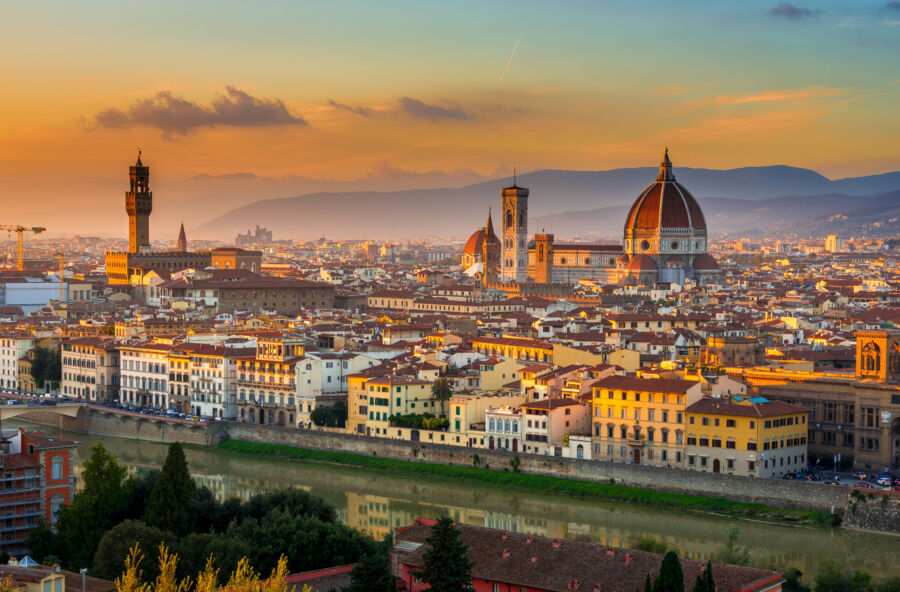
Rome, Florence, and Venice are the holy trinity of Italian tourism. Start in Rome, where you can explore ancient wonders like the Colosseum and Roman Forum. Give yourself 3 days here to soak it all in. Next, head to Florence for 2-3 days of Renaissance art and architecture. The Uffizi Gallery and Duomo are musts.
Venice deserves at least 2 full days. Get lost in the winding canals and visit St. Mark’s Basilica. Book tickets for popular attractions in advance to avoid long lines.
Consider adding Milan or Naples if time allows. Milan’s Duomo and Da Vinci’s Last Supper are worth a day trip. Naples puts you close to Pompeii and the Amalfi Coast.
Day Trips and Hidden Gems
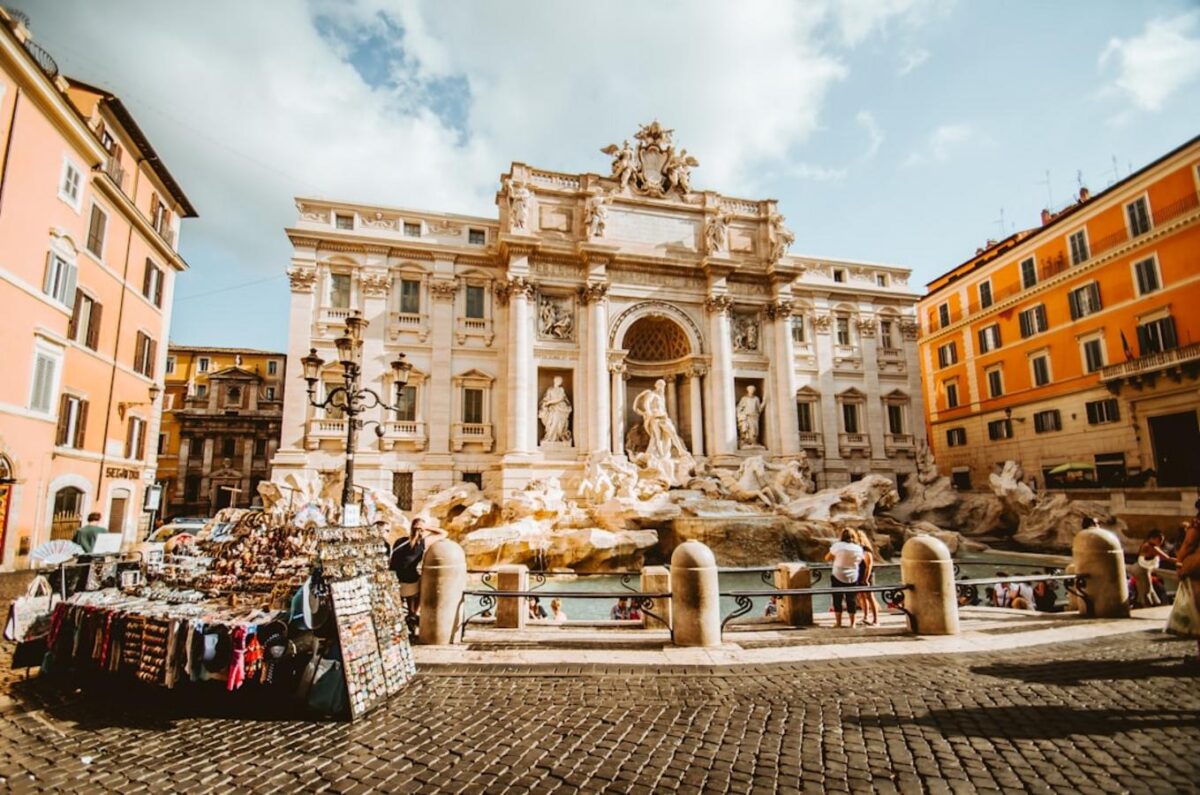
Sprinkle in some smaller towns and countryside excursions. From Florence, take a day trip to Siena or San Gimignano in Tuscany. The rolling hills and medieval towns are straight out of a postcard.
The Cinque Terre makes a great 1-2 day stop between Florence and Venice. Hike between the five colorful coastal villages for breathtaking views.
From Rome, you can easily visit Orvieto or Assisi for a taste of Umbria. Or head to the nearby beach town of Sperlonga for a relaxing break.
Don’t try to cram too much in. Leave wiggle room for spontaneous discoveries and lazy afternoons sipping espresso in a piazza. That’s the real Italian experience!
Budgeting for Your Trip
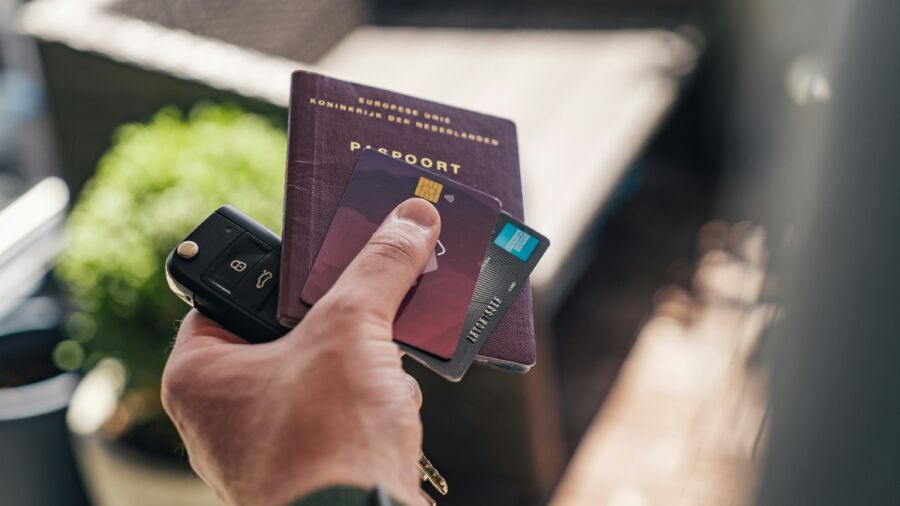
Planning a 10-day trip to Italy requires careful financial consideration. Let’s break down the key expenses you’ll encounter and how to manage them effectively.
Accommodation Costs
Finding the right place to stay can make or break your Italian adventure. In major cities like Rome or Florence, expect to pay around €100-150 per night for a decent mid-range hotel. For budget travelers, hostels offer dorm beds starting at €20-30 per night.
If you’re looking for more space and a local feel, consider renting an apartment. Prices vary widely, but you can find nice options for €80-120 per night. This can be especially cost-effective if you’re traveling with family or friends.
Don’t forget about the tourist tax. Many Italian cities charge a small fee per person, per night. It’s usually €1-5, depending on the city and hotel category.
Food and Dining Expenditures
Italian cuisine is a highlight of any trip, but it can get pricey if you’re not careful. Set aside about €30-40 per person, per day for meals. This allows for a mix of casual and nicer dining experiences.
For breakfast, grab a coffee and pastry at a local bar for about €3-5. Lunch can be a quick sandwich or slice of pizza for €5-8. Dinner at a mid-range restaurant might cost €20-25 per person.
Don’t miss out on gelato! A scoop or two will set you back €2-4. And of course, enjoy some local wine. A decent bottle at a restaurant starts around €15-20.
To save money, try shopping at local markets and preparing some meals yourself. This is especially easy if you’re staying in an apartment.
Transportation and Travel Insurance
Getting around Italy can be a significant expense. A 10-day rail pass costs about €250-300, offering flexibility to explore multiple cities. For shorter trips, individual train tickets might be cheaper. Book in advance for the best deals.
In cities, public transport is affordable. A single bus or metro ride is usually €1.50-2. Consider multi-day passes if you plan to use public transport frequently.
Renting a car gives you freedom to explore rural areas, but it comes with extra costs. Expect to pay €40-60 per day for a small car, plus fuel and parking fees. Compare car rental deals to find the best rates.
Don’t skimp on travel insurance. It typically costs 4-8% of your trip cost but can save you thousands if something goes wrong. Look for policies that cover medical emergencies, trip cancellation, and lost luggage.
Cultural Insights and Activities

Italy offers a rich tapestry of history, art, and traditions to explore. You’ll find endless opportunities to immerse yourself in the country’s vibrant culture and create lasting memories.
Historic and Cultural Landmarks
Rome’s ancient wonders are must-see attractions. The Colosseum, a massive amphitheater, lets you step back in time to gladiator battles. Nearby, the Roman Forum’s ruins reveal daily life in ancient times. Don’t miss tossing a coin in the Trevi Fountain – legend says it ensures your return to Rome!
Florence is an art lover’s paradise. The Uffizi Gallery houses masterpieces by Botticelli and da Vinci. Michelangelo’s David at the Accademia will take your breath away. In Venice, take a gondola ride through picturesque canals and visit St. Mark’s Basilica.
Recreational Pursuits
Food and wine are cornerstones of Italian culture. Join a cooking class to learn pasta-making secrets from local chefs. Wine tastings in Tuscany let you sip world-class Chianti while soaking in rolling vineyard views.
For outdoor enthusiasts, hiking the Cinque Terre’s colorful coastal villages offers stunning sea vistas. The Amalfi Coast’s lemon groves and charming towns make for a scenic road trip. Beach lovers can relax on Sardinia’s pristine shores or explore Sicily’s volcanic landscapes.
Book a guided tour to dig deeper into Italy’s hidden gems and local customs. Whether you’re exploring ancient ruins or savoring gelato in a piazza, you’ll make unforgettable connections with Italy’s rich culture.
Practical Travel Advice
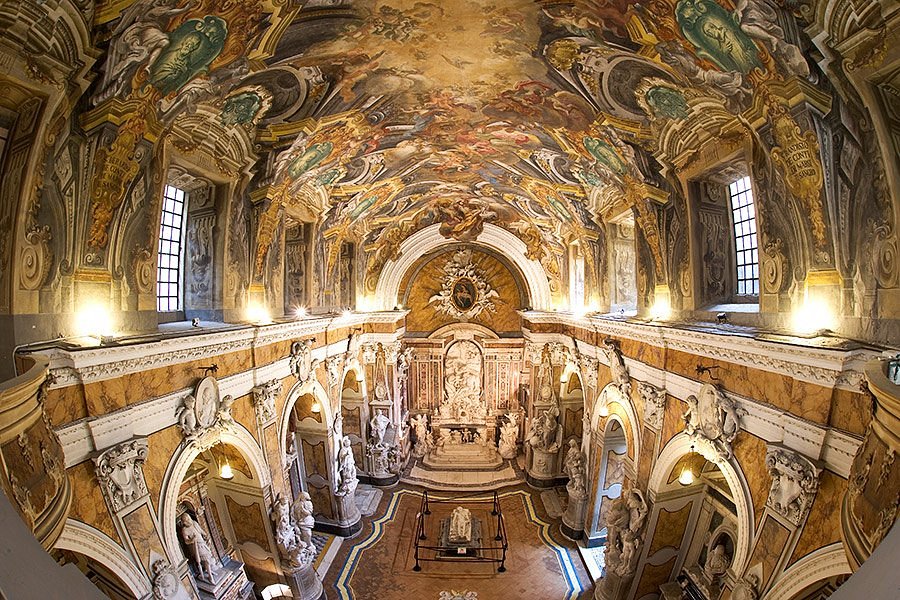
Getting around Italy and finding good places to stay can make or break your trip. Let’s look at some tips to help you have a smooth and enjoyable 10-day Italian adventure.
Transport and Logistics
Italy has a great train system that’s often the best way to get between cities. Book tickets early on the Trenitalia website to save money. For example, Rome to Florence takes about 1.5 hours and costs around €30-50.
Buses are cheaper but slower. Consider them for shorter trips between nearby towns. In cities, use public transport to save cash. Many offer tourist passes for unlimited rides.
Renting a car gives you freedom, especially in rural areas. But driving in Italian cities can be stressful. Parking is tough and expensive too. Maybe rent one just for a few days to explore the countryside.
KAYAK can help you find good deals on trains, buses and rental cars all in one place.
Accommodation Recommendations
Mixing up where you stay can save you money and give you different experiences. Big cities like Rome and Florence have lots of hotels, but they’re pricey. Try staying in a nearby smaller town and day-tripping in.
Airbnbs are often cheaper than hotels and give you a kitchen to cook some meals. This can really cut food costs. Hostels are super budget-friendly if you don’t mind sharing a room.
For a taste of Italian country life, look for agriturismos. These are working farms that rent out rooms. They’re usually pretty cheap and often include amazing home-cooked meals.
Book early for the best deals, especially in summer. And don’t forget to check reviews before you book anywhere!

